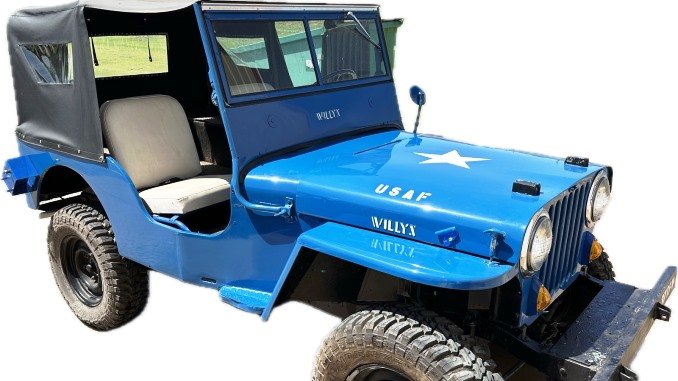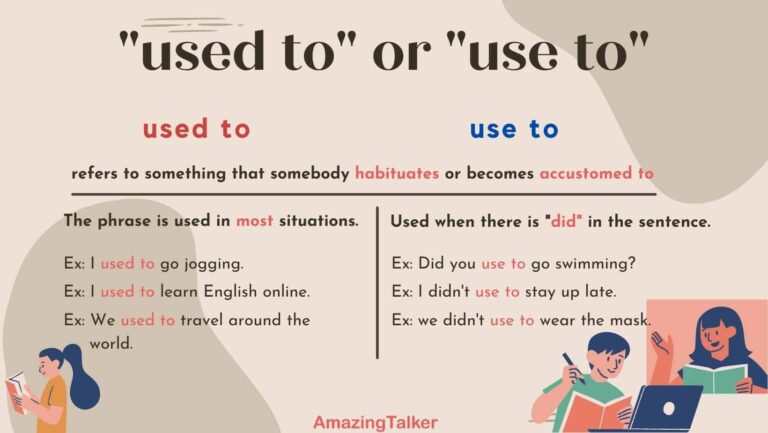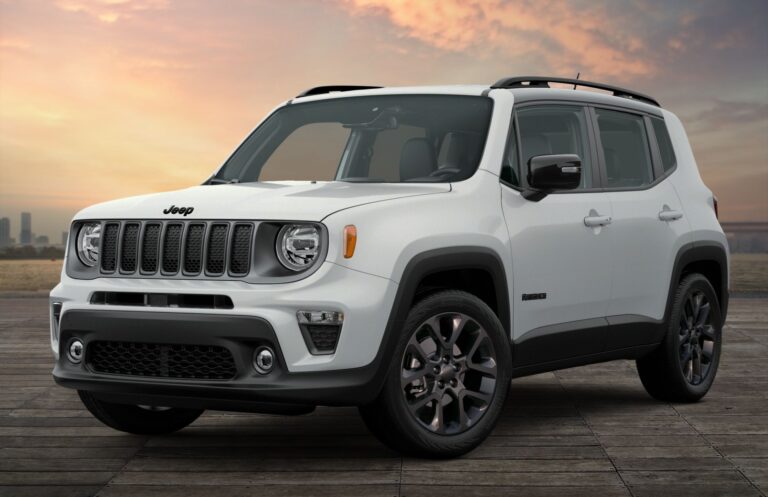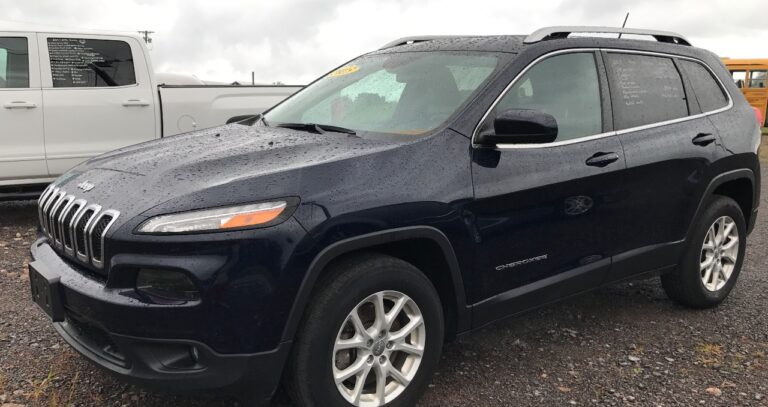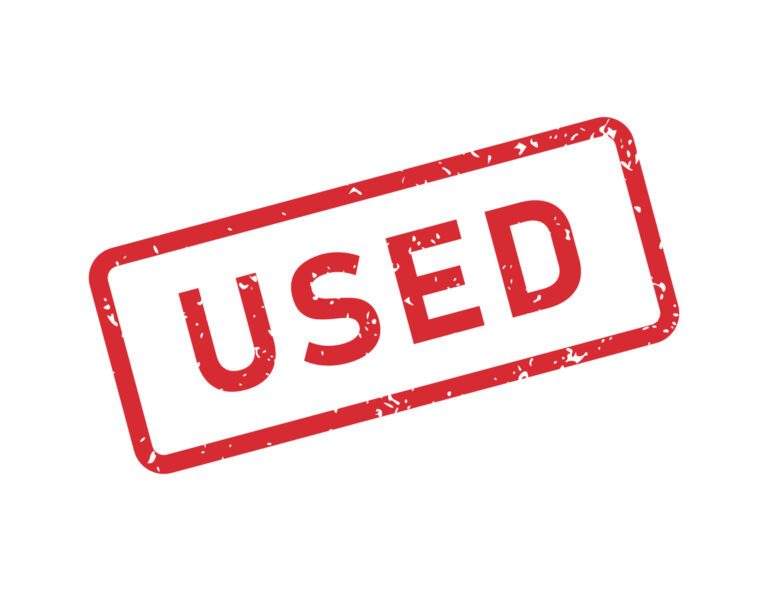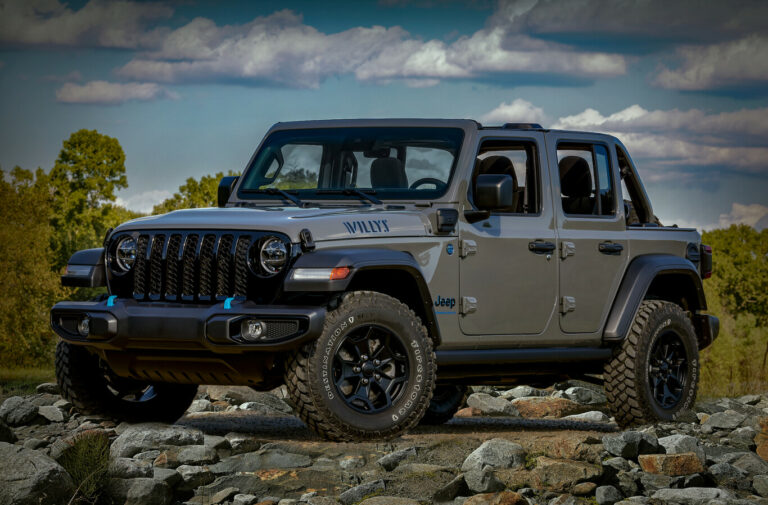1947 Jeep For Sale: A Comprehensive Buyer’s Guide
1947 Jeep For Sale: A Comprehensive Buyer’s Guide jeeps.truckstrend.com
Introduction: The Timeless Appeal of the 1947 Jeep
The year 1947 marks a pivotal moment in automotive history, as it saw the full bloom of the civilian Jeep, specifically the Willys-Overland CJ-2A. Born from the rugged reliability of its wartime predecessor, the MB, the CJ-2A was the vehicle that truly brought the "Jeep" name into American households as a versatile workhorse, farm utility, and recreational vehicle. Finding a "1947 Jeep for sale" today means more than just acquiring a vintage automobile; it’s an opportunity to own a tangible piece of post-war American ingenuity, a symbol of freedom, and a testament to enduring design. This article serves as your comprehensive guide to understanding, evaluating, and ultimately acquiring one of these iconic vehicles, helping you navigate the journey from curious buyer to proud owner.
1947 Jeep For Sale: A Comprehensive Buyer’s Guide
The Enduring Legacy of the 1947 Jeep CJ-2A
The 1947 Willys CJ-2A (Civilian Jeep, 2nd version, "A" model) was the direct successor to the initial CJ-1 and CJ-2 prototypes, and it truly cemented the Jeep’s place in the civilian market. Production of the CJ-2A began in 1945, and by 1947, it was a well-established and highly popular vehicle. Unlike its military counterparts, the CJ-2A incorporated several features aimed squarely at civilian use:
- Tailgate: A crucial addition for practicality, allowing easier loading and unloading of cargo.
- Side-mounted Spare Tire: Moved from the rear to the side for better visibility and tailgate access.
- Larger Headlights: Improved illumination for civilian roads.
- Wiper Blades: A more robust and often dual-wiper setup for better visibility in inclement weather.
- "Go-Devil" Engine: The reliable L-head (flathead) four-cylinder engine, renowned for its simplicity and torque.
- T-90 Transmission and Spicer 18 Transfer Case: A robust and dependable drivetrain.
- Power Take-Off (PTO) Options: Many CJ-2As were equipped or could be equipped with PTOs, allowing them to power farm implements, generators, and even sawmills, further solidifying their utility role.

Its simplicity, robust construction, and undeniable charm have ensured its enduring appeal. For many, the 1947 Jeep represents a connection to a simpler time, a vehicle built for purpose, and a community of enthusiasts who appreciate its history and capabilities.
What to Look For When Buying a 1947 Jeep
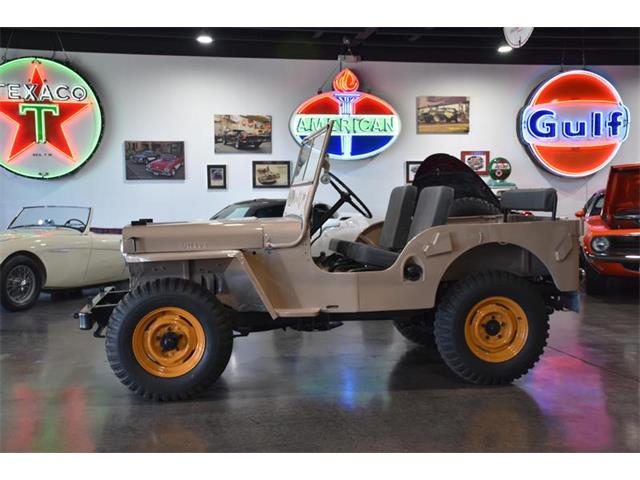
Purchasing a vintage vehicle like a 1947 Jeep requires a keen eye and a thorough inspection. These vehicles are nearly 80 years old, and their condition can vary wildly. Understanding what to look for will empower you to make an informed decision.
Condition Categories:
- Project/Parts Vehicle: Often non-running, incomplete, or heavily rusted. These require extensive restoration and are suitable for experienced mechanics or those seeking a complete rebuild.
- Driver Quality: Running and driving, but may have cosmetic flaws, minor mechanical issues, or non-original parts. Suitable for those who want to enjoy the vehicle immediately and undertake repairs/improvements over time.
- Good Original/Lightly Restored: Well-maintained vehicles that retain much of their original character, or have undergone sympathetic restoration. May not be perfect but are solid and presentable.
- Fully Restored/Show Quality: Vehicles that have undergone a comprehensive restoration to a high standard, often with attention to period correctness. These are typically in excellent mechanical and cosmetic condition.
- Concourse/Museum Grade: Immaculate vehicles restored to exact factory specifications, often exceeding original build quality. These are rare and command premium prices.
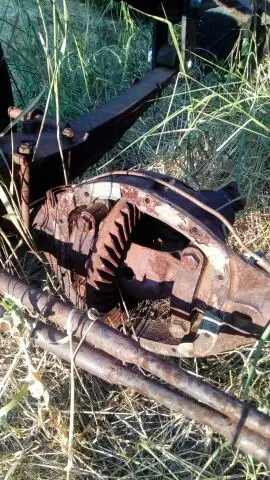
Key Inspection Points:
- Frame: The backbone of the Jeep. Look for rust, especially near spring hangers, body mounts, and crossmembers. Check for cracks, bent sections, or signs of poor welding/repairs.
- Body: Rust is the primary enemy. Common rust spots include the floorboards, hat channels (underneath the floor), toolboxes, battery tray, fenders, and the cowl. Inspect for excessive body filler (Bondo) and ensure panels are straight. Original bodies are preferred, but quality reproduction panels exist.
- Engine (Willys Go-Devil L-head four-cylinder):
- Check for oil leaks (common but excessive leaks are a red flag).
- Listen for unusual noises (knocks, rattles, excessive smoke from exhaust).
- Check oil and coolant condition.
- Ask about recent maintenance (tune-up, oil change, coolant flush).
- Ideally, perform a compression test to assess engine health.
- Transmission & Transfer Case (T-90 & Spicer 18):
- Test shifting through all gears (both high and low range, 2WD and 4WD). It should shift smoothly, though older transmissions can be clunky.
- Listen for grinding noises.
- Check for leaks.
- Ensure the transfer case engages properly.
- Axles & Drivetrain: Check for excessive play in U-joints and wheel bearings. Look for differential leaks.
- Brakes: These are drum brakes. Check the master cylinder for leaks, and inspect brake lines for rust or damage. Test the pedal feel – it should be firm, not spongy.
- Electrical System (6-volt): Verify all lights, gauges, and the horn function. Look for frayed or patched wiring, which can indicate future problems. A conversion to 12-volt is common but should be noted.
- Steering & Suspension:
- Check for excessive play in the steering wheel.
- Inspect leaf springs for sagging, cracks, or broken leaves.
- Look at shock absorbers for leaks.
- Test the ride for excessive bounciness or wandering.
- Documentation: A clear title is essential. Any service records, original manuals, or previous ownership history add significant value and peace of mind.
Practical Advice: If you’re not an expert, always hire a pre-purchase inspector specializing in vintage vehicles. They can identify issues you might miss and provide an unbiased assessment.
Understanding Valuation: How Much Does a 1947 Jeep Cost?
The price of a 1947 Jeep for sale can vary widely, influenced by numerous factors. Condition is paramount, but originality, modifications, geographical location, and the seller’s motivation also play significant roles.
Factors Influencing Price:
- Condition: As detailed above, a project vehicle will be significantly cheaper than a fully restored one.
- Originality: Highly original, unmolested examples often command a premium, especially if they retain rare period accessories.
- Modifications: While some modifications (e.g., 12V conversion, minor engine upgrades) might be desirable for usability, extensive "restomod" changes can either increase or decrease value depending on the quality of work and buyer preference.
- Documentation: A complete history and clear title add value.
- Market Demand: While generally stable, demand can fluctuate.
Estimated Price Ranges (as of early 2024, subject to change):
| Condition Category | Estimated Price Range (USD) | Description |
|---|---|---|
| Project/Parts Vehicle | $2,000 – $8,000 | Non-running, significant rust, incomplete. Requires full restoration. |
| Driver Quality | $8,000 – $18,000 | Running and driving, but with cosmetic flaws, minor mechanical issues, or non-original parts. Good for immediate use. |
| Good Original/Light Restoration | $18,000 – $28,000 | Well-maintained, mostly original, or sympathetically restored. Solid, presentable, and reliable. |
| Fully Restored/Show Quality | $28,000 – $40,000+ | Comprehensive, high-quality restoration. Excellent mechanicals and cosmetics, often period correct. Ready for shows or reliable enjoyment. |
| Concourse/Museum Grade | $40,000 – $60,000+ | Meticulously restored to factory specifications, often exceeding original build quality. Rare examples, potentially with historical significance. |
Note: These are general estimates. Prices can fluctuate based on specific vehicle history, location, and market conditions. Always verify value through independent appraisal.
Where to Find a 1947 Jeep For Sale
Locating your ideal 1947 Jeep requires knowing where to look:
- Online Marketplaces:
- eBay Motors: A wide variety, from projects to restored examples. Be wary of listings without detailed photos and descriptions.
- Hemmings Motor News / Hemmings.com: A long-standing resource for classic cars, often featuring higher-quality listings.
- ClassicCars.com / AutoTrader Classics: Dedicated platforms for vintage vehicles.
- Bring a Trailer (BaT): Online auction site known for curated, high-quality classic and collector vehicles, often with extensive photo galleries and community discussion.
- Facebook Marketplace / Local Classifieds: Can yield local finds, sometimes at better prices due to less exposure.
- Specialty Forums & Clubs: Websites and forums dedicated to Willys Jeeps (e.g., The CJ2A Page, G503 Military Vehicle Collectors) often have classified sections where enthusiasts sell their vehicles. This is an excellent way to connect with knowledgeable sellers.
- Classic Car Dealerships: Some dealerships specialize in vintage vehicles and may have 1947 Jeeps in stock. They often offer more services but typically at a higher price.
- Auctions: Live auctions can be exciting but require quick decision-making. Attend a few as a spectator first to understand the process.
- Word of Mouth: Let friends, family, and local mechanics know you’re looking. Sometimes the best finds are not publicly advertised.
The Joys and Challenges of Owning a Vintage Jeep
Owning a 1947 Jeep is a unique experience, full of rewards but also requiring a certain level of commitment.
The Joys:
- Unique Driving Experience: Nothing else drives quite like a flat-fender Jeep. It’s a raw, mechanical experience that connects you directly to the road.
- Community: The vintage Jeep community is incredibly passionate, helpful, and welcoming. You’ll find a wealth of knowledge and camaraderie.
- DIY Maintenance: These vehicles are mechanically simple. With a good service manual and basic tools, many repairs and maintenance tasks can be done at home, fostering a deeper connection with your vehicle.
- Appreciating Asset: Well-maintained or restored vintage Jeeps often hold or increase their value over time.
- Historical Connection: You own a piece of history, a vehicle that helped shape the post-war landscape.
The Challenges:
- Parts Availability: While many parts for the CJ-2A are reproduced or can be found used, some specific or rare components might be harder to source.
- Maintenance Skills Required: While simple, they do require regular attention. If you’re not mechanically inclined, factor in mechanic costs.
- Slower Speeds: A 1947 Jeep is not a highway cruiser. Comfortable cruising speed is typically 45-50 mph.
- Lack of Modern Comforts/Safety: No power steering, power brakes, air conditioning, airbags, or crumple zones. Be prepared for a rugged ride and drive defensively.
- Potential for Unexpected Repairs: Even well-maintained vintage vehicles can have unforeseen issues. Budget for a "contingency fund."
Solutions:
- Join online forums and local Jeep clubs for advice and parts sourcing.
- Invest in good quality service manuals (e.g., original Willys manuals, Clymer, or Haynes).
- Find a reputable mechanic specializing in vintage vehicles if you’re not doing the work yourself.
- Embrace the slower pace and enjoy the journey!
Restoration vs. Preservation vs. Modification
When acquiring a 1947 Jeep, you’ll face decisions about its future.
- Preservation: Keeping the vehicle as original as possible, focusing on maintaining its current condition and addressing issues without significant overhauls. This respects the vehicle’s history and patina.
- Restoration: Bringing the vehicle back to "as new" condition, often to factory specifications. This involves disassembling, repairing, repainting, and rebuilding components. It’s a significant undertaking in terms of time and cost.
- Modification (Restomod): Updating the vehicle with modern components (e.g., disc brakes, more powerful engine, modern electrical system) while retaining its classic appearance. This enhances usability but can impact originality and purist value.
Your choice will depend on your budget, mechanical aptitude, intended use, and personal philosophy regarding vintage vehicles.
Practical Advice and Actionable Insights
- Set a Realistic Budget: Don’t just factor in the purchase price. Account for taxes, registration, insurance, initial maintenance, potential repairs, and any desired upgrades or restoration work.
- Do Your Homework: Research the specific quirks of the 1947 CJ-2A. Understand its original specifications so you can identify non-original parts.
- Get an Independent Inspection: This is perhaps the most crucial piece of advice. A third-party expert can save you from costly mistakes.
- Don’t Rush the Purchase: The right Jeep will come along. Be patient, look at multiple vehicles, and don’t feel pressured into a quick decision.
- Understand the Commitment: Owning a vintage vehicle is a hobby, not just transportation. Be prepared for the time, effort, and occasional expense it entails.
Frequently Asked Questions (FAQ)
Q: Is a 1947 Jeep a good daily driver?
A: Generally, no. While a well-maintained or modified 1947 Jeep can be driven regularly, it lacks modern comforts, safety features, and highway speed capabilities, making it impractical for daily commuting in most contemporary traffic.
Q: Are parts hard to find for a 1947 Jeep CJ-2A?
A: Compared to many other 80-year-old vehicles, parts for the CJ-2A are relatively accessible. Many mechanical components are reproduced, and the strong enthusiast community helps with finding used or NOS (New Old Stock) parts.
Q: What’s the main difference between a military Jeep and a 1947 civilian Jeep?
A: The military Jeeps (MB/GPW) were designed purely for combat and utility, featuring blackout lights, shovel/axe mounts, and no tailgate. The 1947 CJ-2A introduced civilian-friendly features like a tailgate, larger headlights, side-mounted spare tire, and a more comfortable (though still basic) interior.
Q: What engine does a 1947 Jeep CJ-2A typically have?
A: The original engine is the Willys "Go-Devil" L-head (flathead) 134 cubic inch (2.2L) four-cylinder engine, known for its reliability and low-end torque.
Q: Can I get insurance for a vintage Jeep?
A: Yes, absolutely. Many specialized classic car insurance companies (e.g., Hagerty, Grundy) offer tailored policies for vintage vehicles, often at lower rates than standard auto insurance, with agreed-value coverage.
Q: What’s the top speed of a 1947 Jeep?
A: An original 1947 Jeep CJ-2A is comfortable cruising at around 45-50 mph. While it might reach slightly higher speeds, it’s not designed for sustained highway travel.
Conclusion: More Than Just a Vehicle
A 1947 Jeep for sale represents more than just a means of transportation; it’s an opportunity to own a significant piece of American history, a rugged icon that helped shape post-war life. Acquiring one is an adventure in itself, demanding research, patience, and a willingness to embrace the quirks of vintage machinery. However, the rewards are immense: the unique joy of driving a piece of living history, the camaraderie of a vibrant enthusiast community, and the satisfaction of preserving a true automotive legend. Whether you’re looking for a challenging restoration project, a reliable weekend cruiser, or a show-stopping concourse piece, the timeless charm and undeniable utility of the 1947 Jeep CJ-2A make it a truly special acquisition. Embrace the journey, and you’ll find that owning a vintage Jeep is not just about the destination, but about every mile of the unique adventure it offers.

